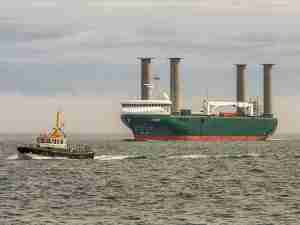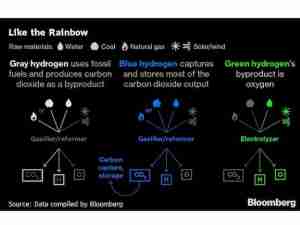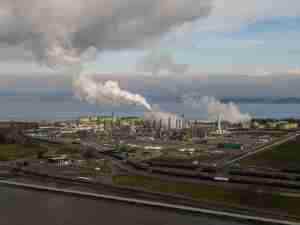Saudi Arabia’s crude exports look set set to increase this month due to a surge in flows to China.
Total observed shipments are poised to reach about 7.7 million barrels a day, according to preliminary data through July 18. That compares with a revised 6.6 million daily barrels in June, vessel-tracking compiled by Bloomberg shows.
The partial picture for July may make the month-on-month change look more extreme than it actually is, and the figures are subject to revision. A few days of unusual cargo flows can have a significant impact on a short timespan.
If the trend continues, July’s flows would be the highest observed since April 2020. Shipments for June were the lowest since September. Vortexa Ltd. data compiled by Bloomberg point to an even larger increase in July versus full-month June.
Saudi officials declined to comment.
With oil prices still above $100 a barrel, US President Joe Biden used a landmark visit to the kingdom last week to push for more production from Saudi Arabia and its allies in the Organization of Petroleum Exporting Countries. He departed without a firm commitment for an increase. OPEC and its allies meet to reconsider production targets in early August.
Average retail gasoline prices in the US last month hit record levels, though they have since declined.
Saudi crude production has been gradually rising since last year, under an OPEC+ agreement. The kingdom’s target output for July is 10.833 million barrels a day in July and is set to top 11 million in August.
So far in July, China has buttressed the jump in Saudi crude exports, even as some cities struggle to resume economic activity while dealing with Covid-related lockdowns. Shipments to China are poised to be about 1.8 million barrels a day, which would be the highest since April.
Saudi crude exports to other major destinations -- Japan, South Korea and India -- have been relatively steady since June.
Shipments to the US are set to decline to about 333,000 barrels a day. However, this figure will almost certainly rise. Tankers hauling about 14.5 million barrels of Saudi crude still haven’t signaled their final destinations.






_-_28de80_-_58820516bd428ab3fd376933932d068c43db9a4a_lqip.jpg)




